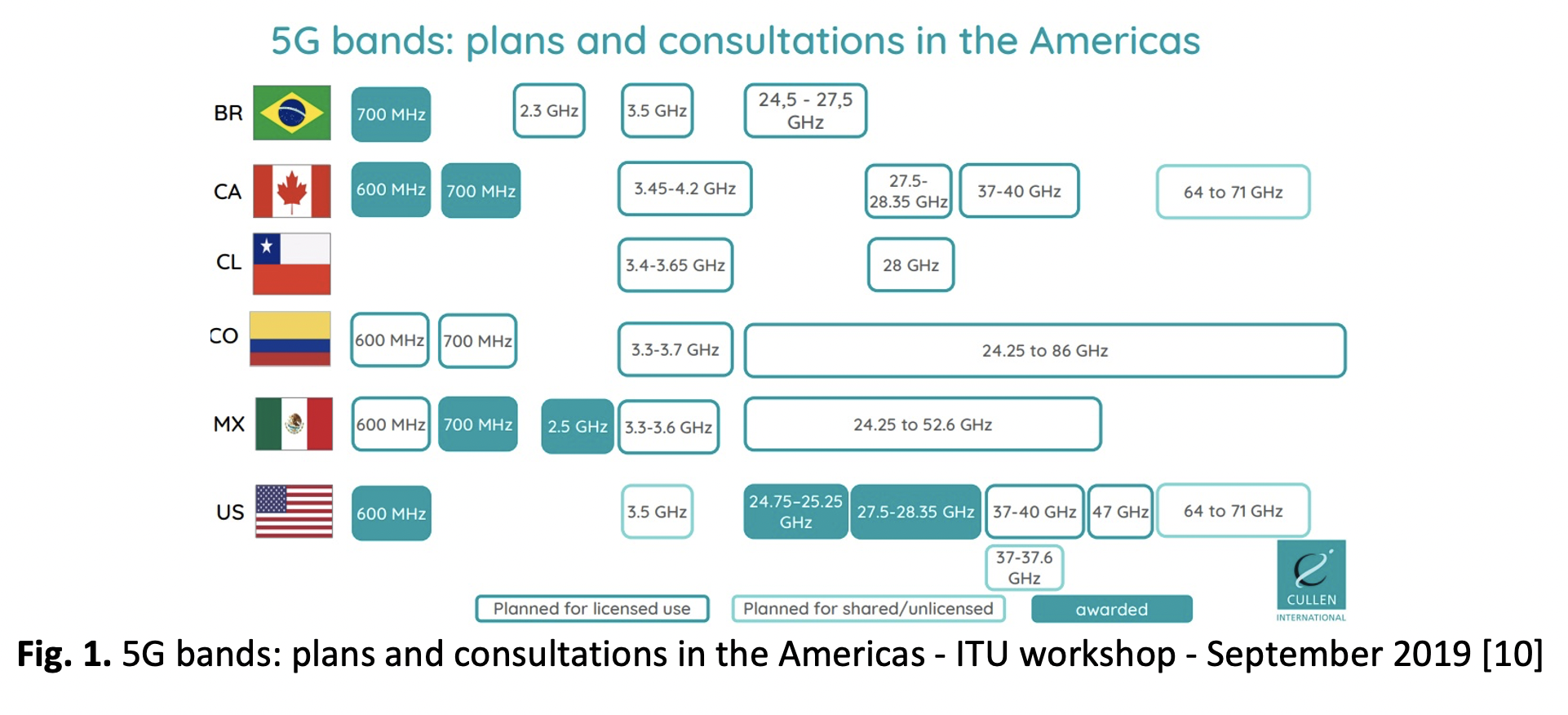Design of a Compact Dual-Frequency Microstrip Antenna using DGS Structure for Millimeter-Wave Applications
DOI:
https://doi.org/10.37934/araset.28.3.221234Keywords:
Microstrip patch antenna, gain, millimeter-wave, Rogers RT 5880, 5G, Gigahertz (GHz), dual band, DGS, slotsAbstract
In this paper, a Millimeter-wave (MMW) antenna has been proposed for a current and future wireless application. The proposed model has two resonances at 30.5 GHz and 52.4 GHz. The proposed model has been designed and optimized using a commercial electromagnetic simulator (CST-Studio) and focused on attaining a return loss rate that is lower than -10 dB. The proposed MMW models are built on a small thick Rogers Substrate (RT-5880) with h = 0.508 mm for the thickness, relative permittivity of εr = 2.2, and tanδ = 0.0009 for the loss tangent, while the substrate has a width w_s equal to 6 mm and a length l_s equal to 6 mm. The design process of the model came at three steps, the first step after mathematical calculations has an output of model which has feeding port of 50 ohm with a feedline base length l_b of 0.5 mm and a feedline length l_f of 3 mm, the second step was by using the tapering techniques for enhancing matched impedance after initial calculations to have a length of tapering l_t equal to 1.8 mm, then finally extracting four corner slots to the patch for creating the final proposed model. The previous design process is to assure reliability, mobility, and high efficiency for the proposed antenna. The advantages of this model are the small size, low profile, low fabrication cost, and straightforward design structure. The proposed design can be employed for a variety of Millimeter-wave applications like wireless personal area network (WPAN) and 5G application in some countries like Colombia and Mexico. The proposed model has a moderate gain of 3 dBi to 7 dBi at resonance frequencies of 30.5 GHz and 52.4 GHz, which is one of the unique characteristics of the proposed antenna. The impedance bandwidth is between 28.7 Ghz and 32.6 GHz, which is equal 3.9 GHz, and 49.7 GHz to 56.2 GHz, which is equal to 6.5 GHz respectively for the proposed model, and satisfying efficiency of about 75% and 87% as calculated by CST -Studio, and a VSWR is equal to 1, All of these positive results are more than enough to satisfy the needs of millimeter-wave wireless applications.Downloads
Download data is not yet available.

Downloads
Published
2022-11-30
Issue
Section
Articles



























